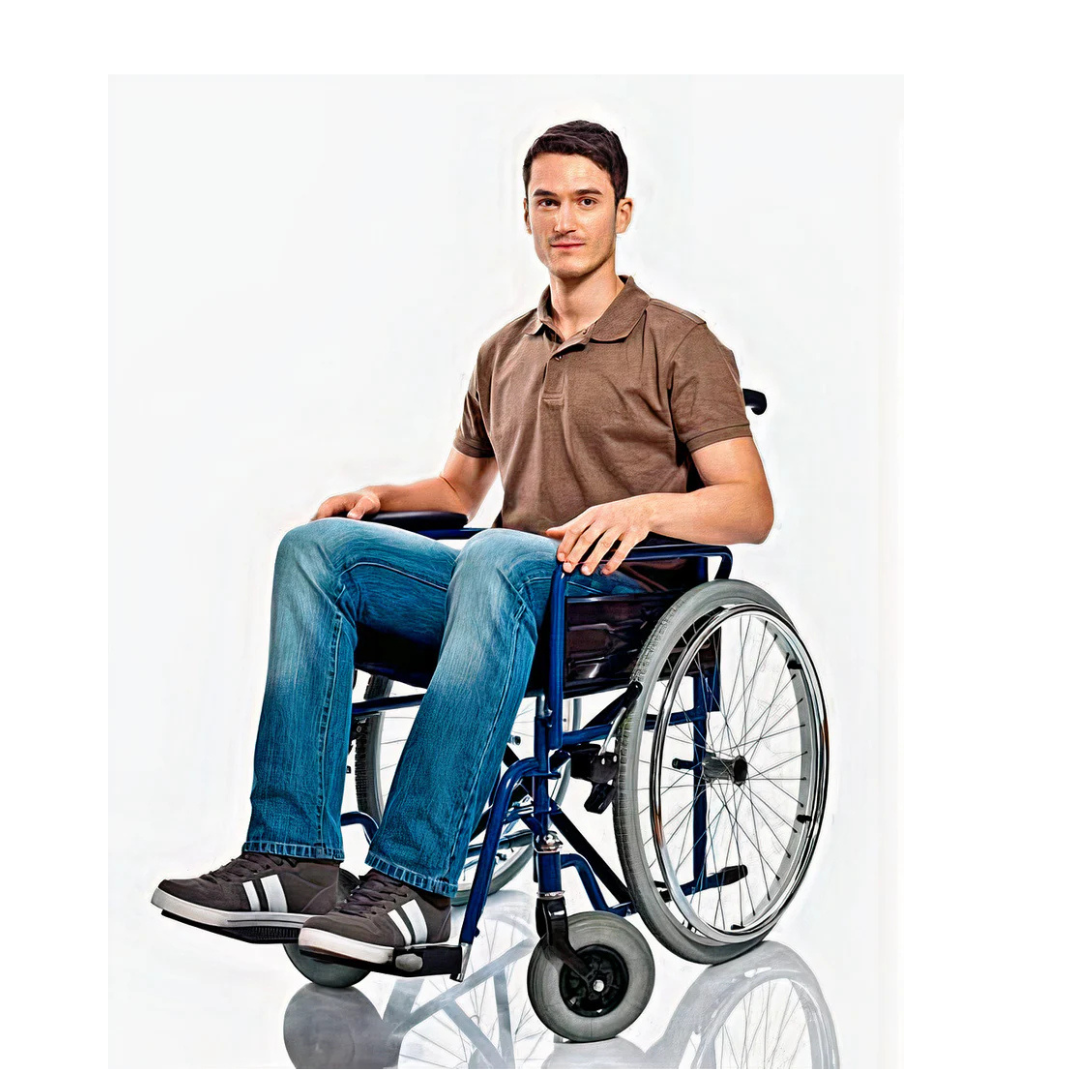
Essential Tips for Preparing Your Home for a Smooth Post-Surgery Recovery
Share
How to Prepare Your Home for Post-Surgery Recovery
Preparing your home for post-surgery recovery can make a huge difference in your comfort, safety, and speed of healing. Whether you’re recovering from a knee replacement, shoulder surgery, or another procedure, organizing your space and using the right equipment can help you regain independence and focus on getting better. Here’s a simple guide to get you started, with real-life examples.
1. Set Up a Comfortable Recovery Space
Choose a room where you’ll spend most of your time, ideally on the main floor to avoid stairs. Equip it with essentials to make your recovery easier.
Example: Post-Knee Surgery
After knee replacement surgery, Anna set up a recovery station in her living room. She rented a high-back reclining wheelchair and placed a side table with snacks, water, her phone, and medications within easy reach. The setup kept her comfortable and minimized unnecessary movement.
2. Use the Right Medical Equipment
The right tools can make mobility and daily tasks much easier.
- Hospital Bed: Ideal for surgeries like hip replacements or spinal procedures. Adjustable beds make it easier to get in and out without straining.
- Patient Lift: Useful if a caregiver needs help moving you from bed to a wheelchair.
- Knee Scooter: A lifesaver for individuals recovering from ankle or foot surgeries.
Example: Ankle Surgery Recovery
John, recovering from an ankle fracture, rented a knee scooter to move around his house. It helped him stay mobile without putting weight on his foot, and he even used it to get to his favorite coffee corner.
3. Clear and Organize Your Space
Remove clutter, secure rugs, and ensure walkways are wide enough for wheelchairs or walkers. Good lighting can also prevent accidents.
Example: Shoulder Surgery
Maria, who had shoulder surgery, cleared her bedroom and bathroom of tripping hazards and added nightlights. She also installed a raised toilet seat to avoid straining while sitting down.
4. Stock Up on Essentials
Make sure your home is equipped with the basics to avoid unnecessary trips.
- Pre-cook meals or arrange for meal delivery.
- Keep personal hygiene items (like no-rinse bathing wipes) handy.
- Stock entertainment options like books, streaming services, or puzzles.
Example: Elective Surgery
Sam, recovering from elective abdominal surgery, subscribed to a meal delivery service. He also rented an electric lift chair recliner that helped him sit and stand comfortably during his healing process.
5. Plan for Caregiver Support
If you need assistance, arrange for family, friends, or professional caregivers to help with tasks like bathing, dressing, and transportation.
Example: Mobility Challenges
After a spinal surgery, Ben’s wife rented a power wheelchair for him. She also coordinated with a part-time caregiver to assist with daily tasks like cooking and laundry.
6. Rent or Purchase Recovery Equipment
Renting medical equipment can be cost-effective and convenient. Companies like Medical Supplies and Services, Inc. offer items like wheelchairs, hospital beds, and mobility scooters for short-term use.
Real-Life Impact
Julie, a tourist visiting Chicago, fractured her leg and needed a rollator for temporary support. Renting from a local provider saved her from purchasing equipment she wouldn’t need long-term.
Conclusion
Preparing your home for post-surgery recovery doesn’t have to be overwhelming. By planning ahead, organizing your space, and using the right equipment, you can create a safe, comfortable environment for healing. If you’re in the Chicagoland area, consider renting equipment from local providers like Medical Supplies and Services, Inc. to make your recovery journey smoother and stress-free.

